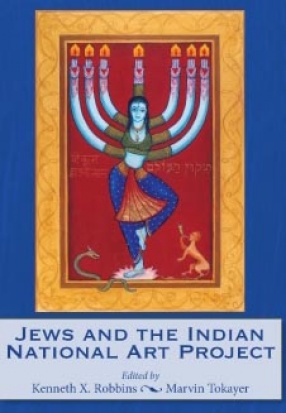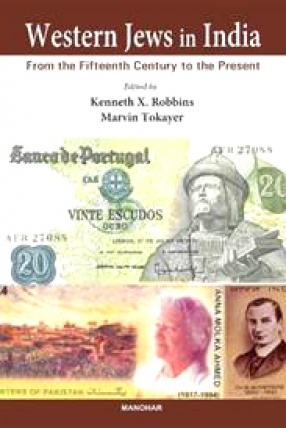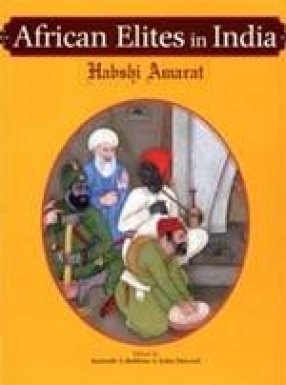
Showing all 4 books





This volume reveals the roles of foreign and Indian Jews in the Indian national art project and raises many issues: Is an “Indian artist” any artist born into an Indian family? What role can foreigners and members of Indian minority groups play in the Indian National Art Project as scholars, critics, or artists? Is a piece of work “Indian art” because of its subject matter or its style? Is it possible to utilize “foreign ...

This is the first book describing the roles of Western Jews in South Asian political affairs, medicine, painting, architecture and religion. A time-line summarizes their contributions and those of the Indian Jews to the Indian subcontinent. Many of these foreign Jews left behind their Jewish identities. Others remained Jews, but functioned as individuals unconcerned with implementing any Jewish agenda.

Sub-Saharan Africans have a longstanding and distinguished presence in India, where they are most commonly known as Habshis or Sidis. Habshi is the Arabic for an Abyssinian or Ethiopian, and Sidi is apparently derived from the Arabic sayyidi, “my lordâ€. In 1996, the authoritative Anthropological Survey of India reported sizeable communities of African ancestry in the states of Andhra Pradesh and Karnataka in southern India, Gujarat in the west, and the ...
